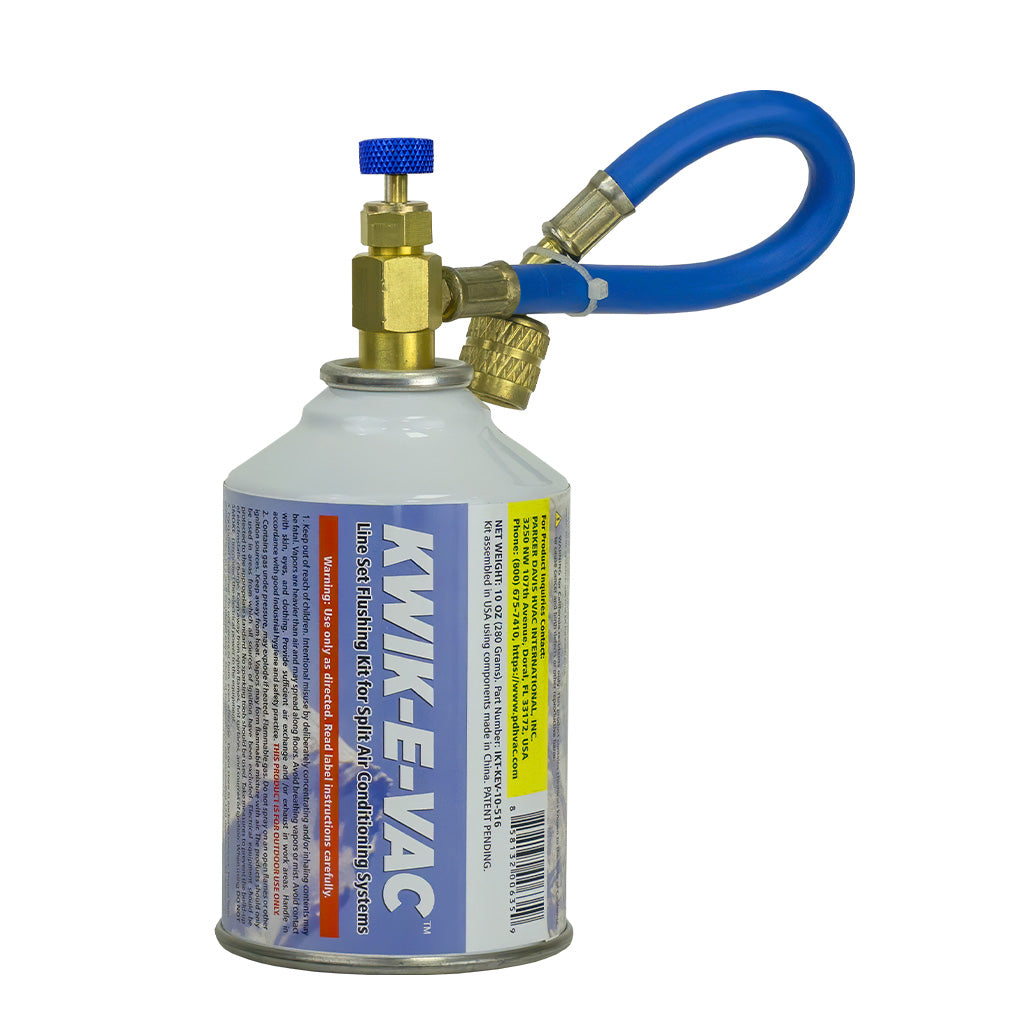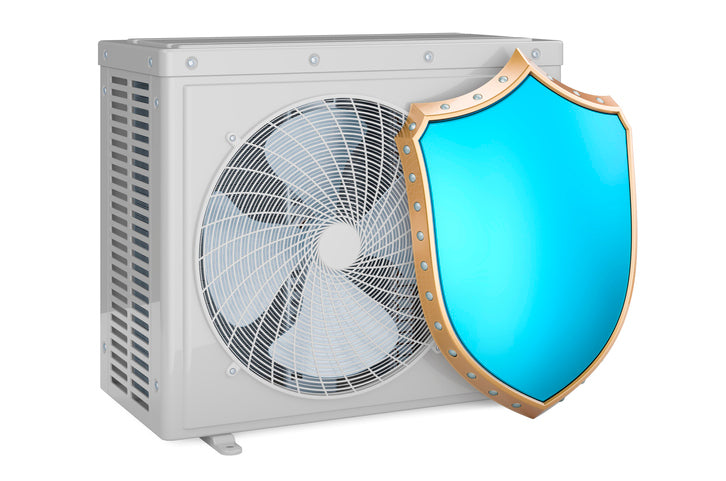Advice for Heating a Facility With High Ceilings

Do you own a facility with high ceilings? Keeping a large facility warm during the cooler months can be challenging. And it’s especially difficult with high ceilings because heat rises, depriving the ground floor of necessary warmth. But don’t despair. Here’s some advice for heating a facility with high ceilings!
Understand the Challenge
High ceilings create a larger volume of space. More space means a greater need for heat. Trying to provide that heat with an average HVAC system may lead to uneven temperatures and higher energy bills. Traditional heating solutions aren’t always effective since, as we mentioned, warm air rises and accumulates near the ceiling, depleting heat in lower areas. Combat this issue by implementing solutions that address the unique challenges of high-ceiling spaces.
Choose the Right Heating System
Here’s one obvious solution to heating issues: pick the right heating system for the job. If you have an older system—10 years old or more—it may be time to replace it and find one more suitable for the space. A multi-room mini split system is ideal for heating. Mini splits provide flexibility and efficiency and are good at monitoring and providing heat and cool air to different zones.
Install Ceiling Fans
Ceiling fans are an invaluable addition to your heating strategy, directing cool or warm air around the room. Running ceiling fans in reverse (clockwise) pushes warm air from the ceiling down to floor level, creating even temperature distribution while enhancing your heating system’s efficiency. This reduces strain on the system as well, keeping it from working harder than it needs to so it lasts longer.
Consider Radiant Heating
If you have the budget, radiant heating is another effective approach for facilities with high ceilings and forced air systems. Radiant heaters directly warm the space with radiators and space heaters, rather than blasting out heated air. This type of heating is useful because it minimizes heat loss to the upper areas of the room, ensuring warm air stays where it’s needed most. Radiant heaters may be installed in floors, walls, or ceilings, providing a flexible solution for various facility layouts.
Improve the Insulation
Proper insulation plays a critical role in maintaining a comfortable temperature in any building. Ensure your building is well-insulated to prevent heat loss. Pay special attention to the walls, roof, and ceiling, as these are common places for heat to escape. Upgrading the insulation traps heat and cool air, significantly reduces energy costs, and improves the room’s ability to maintain a steady temperature.
That’s our advice for heating a facility with high ceilings . Contact us for a consultation, and we’ll help you find more heating and cooling solutions for your facility, office, home, or anywhere else!







